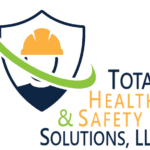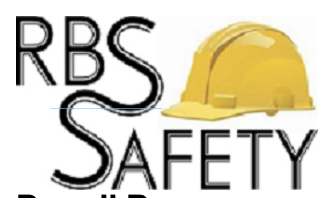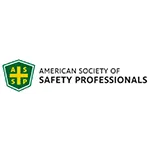CLICK HERE to Renew your Membership
CLICK HERE for a NEW Membership
CLICK HERE to see eligibility requirements for FREE Membership
If you have any questions, please contact me
We offer:
- Over 17,600 categorized unsafe acts/conditions and accident/injury photos
- Over 1,450 ppt's & doc's
- Over 3,975 technical articles on Process Safety & Occupational Safety & Health matters
- Over 450 videos

I am proud to announce that have extended our”Partners in Safety” agreement for another year (2025).
CI Members, send me an e-mail to request your FREE SAFTENG membership.














April 15, 2023
Here is a list of eight general principles that was established, following the major steps in the approach but adapted specifically to the implementation of Golden Rules. These principles emphasize the set-up of a coalition and the importance of ensuring synergy with the actions and processes of any external contractor companies. These steps are intended as a general guide. Their chronological...
Read More
April 15, 2023
Taking from the “Five Themes for Excellence in Safety Management Systems (SMS)”, we can look at a facility’s ability to assess and manage risks through this lens of excellence and measure the maturity of the safety culture. To recap the progression, here are the five levels: Ad-Hoc Managed Standardized Predictable Excellence Using an organization’s ability to assess and manage...
Read More
April 15, 2023
Taking from the “Five Themes for Excellence in Safety Management Systems (SMS)”, we can look at the means a facility holds its front-line supervisors and managers accountable for safety through this lens of excellence and measure the maturity of the safety culture. To recap the progression, here are the five levels: Ad-Hoc Managed Standardized Predictable Excellence Using the organization’s...
Read More
April 15, 2023
Vulnerable zones are areas that could be affected by a release from a chemical accident at a facility subject to the risk management program requirements in 40 CFR Part 68.
How can one determine if they live or work within a vulnerable zone?
…
HomeRead More »
Read More
April 15, 2023
As part of the hazard assessment, owners and operators of Program 2 and Program 3 covered processes must identify and analyze alternative release scenarios (40 CFR §68.28).
What criteria should be used when selecting an alternative release scenario?
…
HomeRead More »
Read More
April 13, 2023
I love using these tools to help identify where a client is at in their maturity level within their safety efforts.
…
HomeRead More »
Read More
April 13, 2023
If you thought SIF was a new concept, well it is relatively new – Heinrich discussed the concept in his 1931 and 1941 books… “Undoubtedly a healthy condition exists when attention is concentrated upon the prevention of fatalities and serious injuries. This work should not be neglected, but the general problem will be more speedily solved if the causes of the accidents that produce...
Read More
April 12, 2023
As human beings, we may think that we know what is good or bad in terms of human characteristics. However, common sense does not allow us to answer questions such as: ➡ For how long can an operator remain vigilant in front of a screen where not much is happening?➡ How can we design screen layouts that make it easier to detect when a reading is deviating from the norm?➡ Why do operators on a...
Read More
April 12, 2023
“What further is there to say, except that the responsibility lies first of all with the employer. If he has an earnest desire to reduce the frequency and cost of accidents, if he recognizes his responsibility for the safety of his workers, and if he is aware of the fact that methods of achieving safety are analogous with methods of controlling production, he will exercise his prerogative and...
Read More
April 10, 2023
As you probably know by now, I LOVE metrics in safety. I was raised in industrial safety/process safety by some great leaders and mentors who taught me that everything in safety must be defined and quantified. They also taught me that anything and everything can and most likely will be manipulated at some point in time. This is why a functioning SMS is so critical, as all SMSs should...
Read More
April 10, 2023
Building on my post from this weekend, discussing the three (3) pillars of Safety: Technical Safety SMS HOF/HOP I wanted to share something I created for a client that needed to frame up the role of a safety professional within their organization. As in many immature safety cultures, safety people and even degreed, trained, and certified safety professionals can take on roles that DAMAGE the...
Read More




















